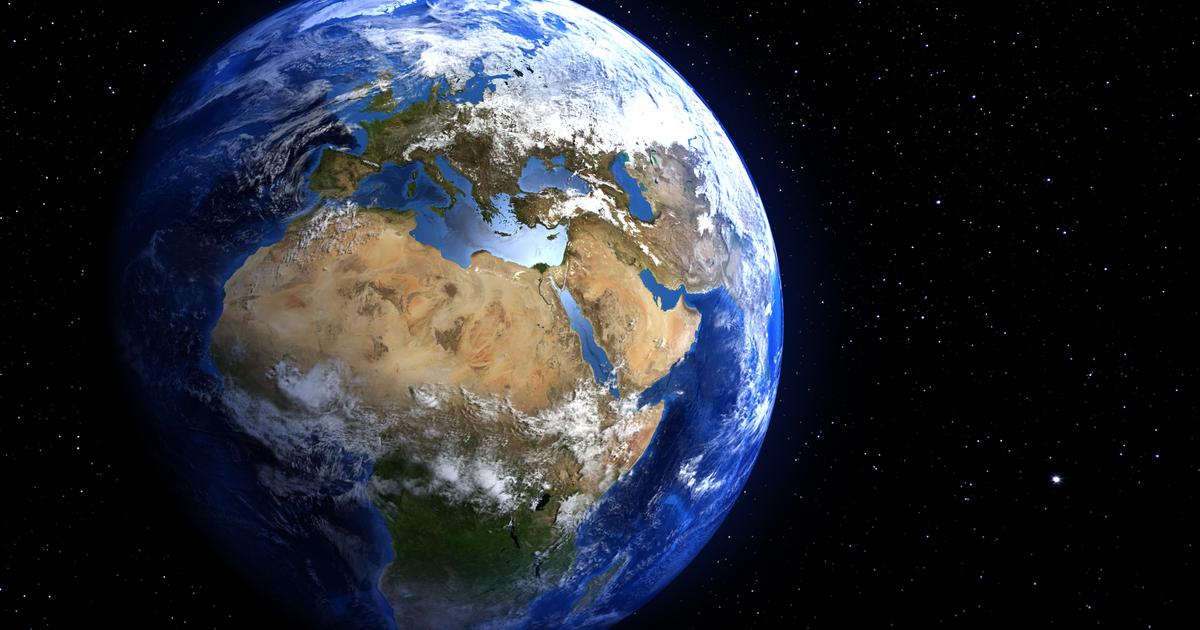The first time Bohnchang Koo (Seoul, South Korea, 1953) saw one of the beautiful moon vessels, which during the Joseon dynasty became a distinctive sign of Korean ceramics, he was browsing a Japanese magazine.
That white and minimalist porcelain pot, reproduced in the photograph of a room, was a revelation for the author, who would abandon street photography to dive into time and the poetics of emptiness.
Guided by a fascination similar to the one that kept the painter Giorgio Morandi in check during his solitary existence, the photographer set out to reveal the invisible presence of life in a series of silent and elegant shots titled
Moonrise Vessels. Moon).
A typology carried out over 15 years during which the author was portraying the ceramics belonging to the Korean dynastic kingdom of five centuries (1392-1910), scattered throughout 16 museums.
And in whose fragile and austere beauty, in "its worn scars" and "its delicate asymmetries", is contained a part of the history of its country, which alludes to the cultural seizure brought about by the Japanese invasion of the Korean peninsula. .
'Vessels, (Vasijas)', Bohnchang Koo, 2004.Bohnchang Koo
'Tibet, 1985- 1995. Offrandes (Offerings)', Gao Bao, 2009.Gao Bao
'Greenhouse #3.
(Greenhouse #3)', JI Zhou, 2017.JI Zhou
'Isosceles Forest (Isosceles Forest)', Sukanya Ghosh, 2018.Sukanya Ghosh
'Xian Guan IV', Wang Juyan, 2016.Wang Juyan
'Long Hug Town', Takahiro Mizushima, 2014-2017.Takahiro Mizushima
'Suiseki Softfalls (Suiseki Falls)', Weixin Chong, 2015.Weixin Chong
'Ways to Tie Trees', Woong Soak Teng, 2005-2018.Woong Soak Teng
It is precisely this camouflaged intention that has given rise to
The Texture of Promises,
an exhibition that brings together the work of eight artists from different parts of Asia: Gao Bo, Sukanya Ghosh, Takahiro Mizushima, Weixin Chong, Wang Juyan, JI Zhou, Woong Soak Teng and Bohnchang Koo, and invites the viewer to question the easy identification with that first texture on which his gaze rests, as well as the fidelity of the work with reality, to investigate how one approaches the images, what one reads in them and from where one reads them, while at the same time considering how it influences cultural contiguity and stereotypes in this reading.
The selected photographers "exhibit different ways of representing reality, often voluntarily eroding the legibility of their works," says Alejandro Castellote, curator of the show.
These are works loaded with a beauty as exquisite as it is radical,
In this way, the first floor of the Kutxa Kultur Artagunea hall in San Sebastián accommodates photographers whose proposals provide the visitor, in a way, with an abundance of data.
Information that is counteracted with a decrease in light in the room, which forces the viewer to get closer and concentrate on the images, as is the case in the work of Takahiro Mizushima (Japan, 1988), whose series
Long Hug Town ( The city of the long embrace)
, made between 2014 and 2019, offers a fresh and honest approach to the inhabitants of the Ohta-Kude neighborhood of Tokyo.
A story that takes place under the open sky in the dark of night, where the memory of the photographer himself resounds, charged with complicity towards the solitary and indomitable characters that shape the present, wrapped in an atmosphere that is rarefied by flash and skilful use. of the color
A work originally published in book format that on the wall takes on the symbolic shape of the
skyline
from the city of Tokyo, where the most unpleasant part of the series to see occupies the lower part of the silhouette.
Contrasting with this precise narration is a delicate photographic sculpture made by concatenating fragile crumpled images, photographs taken years later by the photographer in Taipei, China, in which the visitor can hardly identify anything in particular.
At the same time that a video projection shows, very quickly, hundreds of chained photographs, whose protagonists are those strangers whom Mizushima portrayed with the feeling of foreignness that an author normally experiences when confronted with a culture other than his own. hers.
'Tibet, 1985- 1995. Offrandes (Offerings)', Gao Bao, 2009.Gao Bao
“What is the best path to follow to escape from a forest of known dimensions?”, asked the mathematician Richard E. Bellman in 1955, a question echoed by the video artist and graphic designer Sukanya Ghosh (India, 1973) in
Isosceles Forest
.
An evocative video, or “
collage ”
optical”, as the author herself refers to it, which delves into memory;
in that vast forest of images in which we travel where the dimensions are no longer known and dissolve into each other.
The author makes use of photographs from her family albums.
Of characters who have lost all connection with their origin when nobody knows who they are anymore, and whose identity the author tries to restore by means of strokes and lines, fragments that allude to an impossible task, to give a logical order to how the images appear on the screen. memory in order to reconstruct it.
In parallel, the artist presents a series of
photographic
collages .
Portraits reconstructed through that process of stratification and erasure that is at the core of the author's artistic approaches.
The reconstruction of the image is something that Gao Bo (China, 1964) in Tibet 1985 -1995
also approaches from different approaches .
Offrandes (Offerings),
where he recovers the images taken on his first trip to the so-called Roof of the World to try to infuse them with the intense feelings experienced during that journey.
For this he will use his own blood, and also that of some of the characters he met to, as an offering, calligraph in an illegible way what he calls "the language of the soul".
Allusions to our relationship with nature are very present on the second floor of the room, where Ji Zhou (China, 1970) also makes use of
collage
to challenge the visitor's perception.
Hence, in
Greenhouse #3 (Invernadero #3)
he reconstructs a greenhouse through dozens of images, all of them taken at different times of the day, with different textures and superimposed on different scales and dimensions that do not end up fitting.
All this to create an illusion of the real world, of a representation of the natural with an artificial meaning that leads us to reflect on our relationship with reality.
Similarly, the silent landscapes presented in the form of a screen by Wang Juyan (China, 1993),
Xian Guan,
they pose a visual game to the spectator that the closer he gets, the less he sees.
“The author takes as a reference the solipsism of Ludwig Wittgenstein”, warns the curator, “that faculty of thinking in which one only recognizes the world that he sees as true”.
'Greenhouse #3.
(Greenhouse #3)', JI Zhou, 2017.JI Zhou
Weixin Chong's Silk Falls (Singapore, 1988),
Suiseki Softfalls (Suiseki Falls)
reverse the symbolic meaning of the use of marble throughout history and its associations with power and prestige.
These are printed silks that show the surface of the marble enlarged, where the hardness of the stone is transmuted but its fragility is not.
Woong Soak Teng's (Singapore, 1994) interest in the relationship between humans and the natural world within urban spaces gave rise to
Ways to Tie Trees,
2015 – 2018. A photographic series that alludes to the manipulation to which nature is subjected for the artificial creation of green spaces in Singapore.
"The emotional detachment and coldness of these photographs is a metaphor for the lack of interest that this methodology arouses in citizens," says Castellote.
One more look into this rich and profound set of visual approaches that not only brings us closer to other cultures but also underscores, as the curator points out, "the ability of photography to open the doors to knowledge through metaphor to in addition to which it is visible to transport the meaning to something much more complex and with many more layers of meaning”.
The texture of promises.
Kutxa Kultur Artagunea.
Saint Sebastian.
Kutxa Foundation.
Tabakalera Building.
Saint Sebastian.
Until February 19.
You can follow BABELIA on
and
, or sign up here to receive
our weekly newsletter
.
Subscribe to continue reading
Read without limits
Keep reading
I'm already a subscriber










/cloudfront-eu-central-1.images.arcpublishing.com/prisa/KMEYMJKESBAZBE4MRBAM4TGHIQ.jpg)



